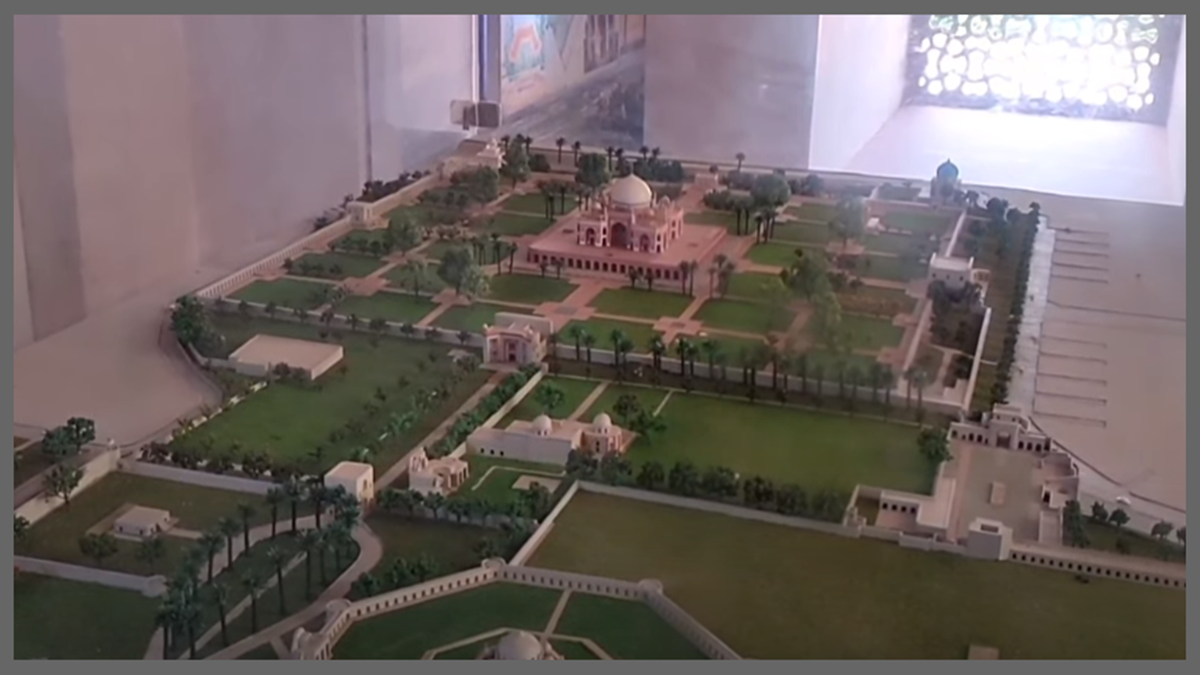Humayun Ka Maqbara: A Marvel of Mughal Architecture
Humayun Ka Maqbara, also known as Humayun’s Tomb, is a magnificent Mughal-era monument located in the heart of Delhi, India. It was built in the mid-16th century and is considered to be the first garden-tomb in the Indian subcontinent. This UNESCO World Heritage Site is a testament to the grandeur and splendor of the Mughal era and is a popular tourist attraction.
History and Architecture
The construction of Humayun Ka Maqbara was commissioned by Bega Begum, the first wife of Emperor Humayun, in 1565, after the emperor’s death in 1556. The tomb was designed by the Persian architect, Mirak Mirza Ghiyas, who was brought to India by Bega Begum. The construction of the tomb took nearly nine years to complete and cost a considerable sum of money.
The tomb complex is a masterpiece of Mughal architecture, which blends Persian and Indian styles. The main structure of the tomb is built of red sandstone, while the white marble dome and finial were added later by Emperor Akbar. The tomb stands on a raised platform, which is surrounded by a beautiful garden with water channels, fountains, and walkways.
The tomb’s interior is equally impressive, with intricate designs and carvings on the walls and ceilings. The central chamber contains the cenotaph of Emperor Humayun, which is made of white marble and is surrounded by eight smaller chambers. The cenotaph is inscribed with Quranic verses and is decorated with inlaid floral motifs.
Significance and Legacy
Humayun Maqbara is a significant landmark in Indian history and culture. It is considered to be the inspiration for the famous Taj Mahal, which was built by Emperor Shah Jahan in memory of his wife, Mumtaz Mahal. The tomb is also the final resting place of several other Mughal emperors and their family members, making it a site of great historical and cultural importance.
In recent years, the tomb complex has undergone extensive restoration and conservation work, which has helped to preserve this iconic monument for future generations. The tomb complex is open to the public, and visitors can explore the beautiful gardens and admire the impressive architecture of the tomb.
Conclusion
Humayun Maqbara is a masterpiece of Mughal architecture and a symbol of India’s rich cultural heritage. Its grandeur and splendor have inspired generations of artists and architects and continue to captivate visitors from all over the world. The tomb’s historical significance and architectural beauty make it a must-visit destination for anyone interested in Indian history and culture.
FAQs on ‘Humayun Ka Maqbara’:
- What is Humayun Ka Maqbara? Humayun Ka Maqbara, also known as Humayun’s Tomb, is a historical monument located in Delhi, India. It was built in the mid-16th century and is considered to be the first garden-tomb in the Indian subcontinent.
- Who commissioned the construction of Humayun Ka Maqbara? The construction of Humayun Ka Maqbara was commissioned by Bega Begum, the first wife of Emperor Humayun, after the emperor’s death in 1556.
- Who designed Humayun Maqbara? The tomb was designed by the Persian architect, Mirak Mirza Ghiyas, who was brought to India by Bega Begum.
- What is the architecture of Humayun Ka Maqbara? Humayun Ka Maqbara is a masterpiece of Mughal architecture, which blends Persian and Indian styles. The main structure of the tomb is built of red sandstone, while the white marble dome and finial were added later by Emperor Akbar.
- What is the significance of Humayun Ka Maqbara? Humayun Ka Maqbara is a significant landmark in Indian history and culture. It is considered to be the inspiration for the famous Taj Mahal and is the final resting place of several other Mughal emperors and their family members.
- Is Humayun Ka Maqbara open to the public? Yes, Humayun Ka Maqbara is open to the public, and visitors can explore the beautiful gardens and admire the impressive architecture of the tomb.
- Is there an entry fee for visiting Humayun Ka Maqbara? Yes, there is an entry fee for visiting Humayun Ka Maqbara. The fee varies for Indian and foreign visitors, and there are separate charges for cameras and video cameras.
- What is the best time to visit Humayun Ka Maqbara? The best time to visit Humayun Ka Maqbara is from October to March when the weather is pleasant and comfortable. The tomb is open from sunrise to sunset, and it is advisable to visit in the early morning or late afternoon to avoid the crowds and the heat.
Know first in GK India Article here
